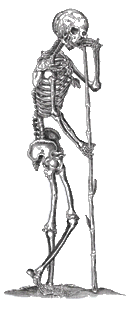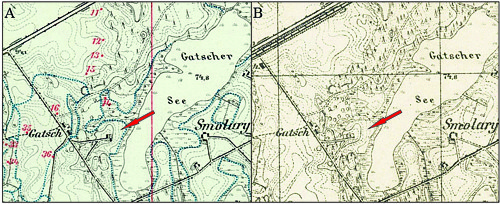




Field School
The very dry year of 2018 in the Wielkopolska region brought favourable conditions for archaeological aerial reconnaissance. Air photographs taken in the Zielonka Forest Landscape Park depicted a number of crop marks aligned in a distinct pattern indicating the presence of the remains of a vanished medieval village, Gać, located only 3 km from the vanished medieval town of Dzwonowo (see „Vanished towns and villages”).
Archaeological testing which followed the aerial reconnaissance confirmed the existence of the remnants of the village. At the height of its development, Gać had at least a dozen houses and a church. So far, a medieval cemetery and nearly 150 metal artefacts have been found there, including coins. The burial place was adjacent to a church established in the 14thcentury and operating until the mid-16thcentury AD. The excavation uncovered fourteen very well preserved.
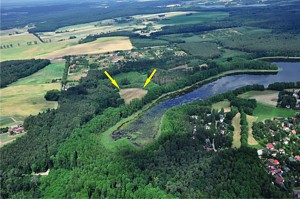 Fig. 1. Photo: P. Wroniecki |
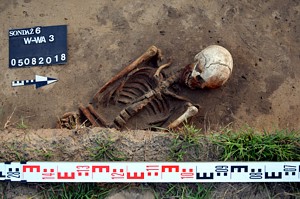 Fig. 2. Photo: M. Krzepkowski |
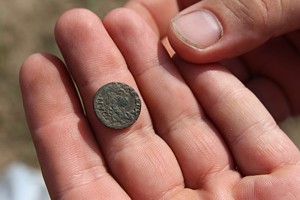 Fig. 3. Photo: M. Paluszkiewicz |
|
As research focusing on this topic is rare, there is very little data on the late medieval populations of Poland. In Gać, we would like to build a dataset which would enable us to write osteobiographies of this forgotten population. We would appreciate your help in getting this work done. In return, we offer an exceptional opportunity to gain and/or master practical skills in bioarchaeology, archaeology, and human osteology. The Slavia Field School in Mortuary Archaeology invites anthropology and archaeology students as well as anyone interested in bioarchaeology to join us in archaeological excavations of the Gać cemetery. Besides the scientific aspects of the initiative, the site also needs archaeological intervention as it is currently subject to various destructive wildlife activity, particularly that of wild boars, which root up human bones to the surface of the site.
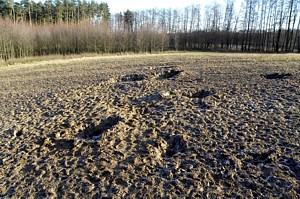
|
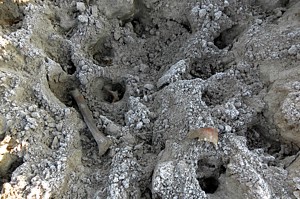
|
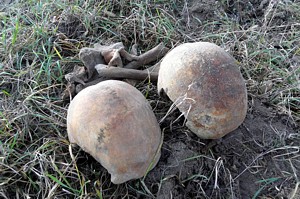 Fig. 4–6. Photo: M. Krzepkowski |
|
The first written records about the gentry village of Gać come from 1335 AD and relate to the building of the wooden parish church of St. Peter and Paul. Apart from Gać, the new parish included the following, nearby hamlets: Łopuchowo, Łoskoń, Wojnowo, Brzeźno, and Włókna. The village of Gać developed along a transregional trade route which was formed in the second half of the 14thcentury and connected Wielkopolska with the area of Gdańsk and the Baltic Sea. However, in the mid-16thcentury, the parish of Gać was terminated and the aforementioned villages with the exception of Włókna were joined to the parish of Długa Goślina. Later in the 16thcentury, the village church was no longer in operation, and in the following centuries, the locals used the one in the nearby Łopuchowo. The decline of the village was marked by a decreasing population. However, on the maps available from the turn of the 18thand the 19thcentury the village of Gać was still marked as a hamlet situated along a route running from south-west to north-east. Today the village no longer exists.
